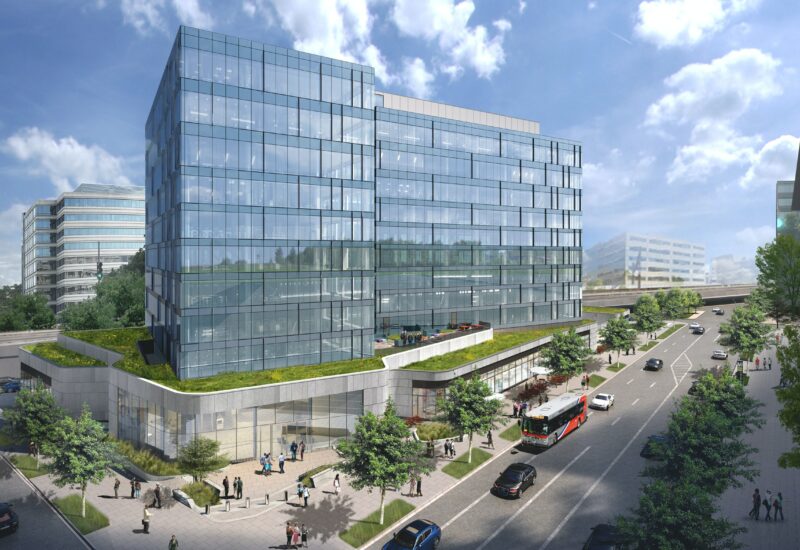Geothermal heating and cooling (geoexchange) grabbed my attention in 2006 while I was touring Germany and learning about clean, renewable energy solutions. At the time, it was the one technology I saw that seemed to have real potential to make an impact in the U.S. market. The technology was well-developed, easy to implement, and had a quicker payback than many of the other green energy solutions available. I was sold and ready to join the revolution.
What I did not understand at the time was that first costs have an outsized influence on construction project decisions in the US. For geoexchange, despite almost always having the lowest life-cycle costs, it frequently gets ruled out because it cost more upfront. On top of this, since my 2006 visit to Germany, an unexpected abundance of natural gas changed the economics and dampened market enthusiasm for geoexchange. So, the expected geoexchange takeover of the heating-cooling market has not yet happened.
For those working on the front lines of the geoexchange industry, engineers, designers, drillers, and installers, our ability to influence the availability of natural gas or clients‘ financial priorities are mostly beyond our reach. However, there is another obstacle to broader adoption that is not. Thousands of geoexchange projects are installed each year with great results, but a few have problems and those always seem to be the ones that get talked about or that show up in the news. As a result, when decisions are being made, the anecdotes about installation challenges or systems not performing as planned are enough to tip the balance to a non-geoexchange option. It is in this domain, the quality of our geoexchange work, that our influence has the greatest potential to help move the geoexchange industry to the next level.
Over the years, I have worked on a number of geoexchange projects with operational issues. Although it is the first thing clients assume is wrong, improper sizing of the geoexchange loop is rarely the root cause. The most common problems relate to mechanical system setup and operation. Issues such as over-ventilation, improper sequencing of backup heating, and major changes in operational schedules result in geoexchange loop temperatures rising or falling to the point that systems lose efficiency or begin to not work. In almost every case, there was an opportunity to prevent problems before they happened, but only if someone was paying attention.
At the heart of the matter is the attention we give to quality and how we approach it. Avoiding or minimizing the problems in many projects, not just geothermal, can be done by implementing a rigorous commissioning process. The good news is that commissioning is becoming more common across the industry. Our task in the geoexchange industry is to make sure that when geoexchange is involved that a geoexchange-focused commissioning process (GeoCx) led by a firm experienced in geoexchange is followed.
As I consider the potential of geoexchange and how we might make it better, I am reminded of lessons learned from Zen and the Art of Motorcycle Maintenance, Robert Persig’s treatise on the Metaphysics of Quality. Persig shows us that quality exists before we describe it or quantify it. Quality is first grasped intuitively and it motivates us to take our lives and work to the next level. Most of our geothermal projects are of good quality, but sometimes we come up short. We can do better; we already know what quality looks like. It’s time to step up our game, to practice Zen and the Art of Geothermal Heating and Cooling.








